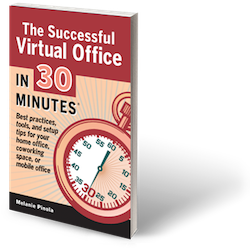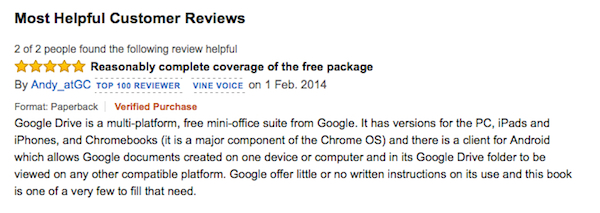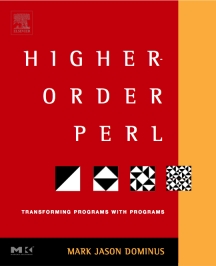There are many people who would like to start working virtually, but can’t. Why not? Perhaps they work for a company that doesn’t encourage remote work. Or, if they’re considering striking out on their own, they’ve never freelanced before or started their own business.
people who would like to start working virtually, but can’t. Why not? Perhaps they work for a company that doesn’t encourage remote work. Or, if they’re considering striking out on their own, they’ve never freelanced before or started their own business.
Today, publisher i30 Media is releasing Virtual Office Action Plans, a supplemental report to The Successful Virtual Office In 30 Minutes: Best practices, tools, and setup tips for your home office, coworking space, or mobile office. The new supplement can help employees, freelancers, entrepreneurs and businesses make the transition to virtual offices and telecommuting. The advice is particularly pertinent to current office workers who are considering telecommuting or starting a business — it’s a huge leap, and the default questions for many employees is “can I really do this?” followed by “what will my manager say?”
Action plans for managers
Speaking of managers, there is also a section of Virtual Office Action Plans devoted to managers who may have doubts about starting a program for telecommuters. Author Melanie Pinola writes:
“If you can’t trust your employees to get the job done without you looking over their shoulders or micromanaging their time, you’ve probably hired the wrong people and have got a bigger problem than figuring out how to transition to remote work.
Your ideal remote work candidates are self-motivated, take ownership of their work, are flexible and adaptive, and have excellent communication skills (especially writing skills, since that’s the main mode of communication when everyone’s in a different town). These are qualities you might already look for in any employee, on- or off-site, but even more critical to seek out in this scenario.”
You can find out more information about the supplement here.



